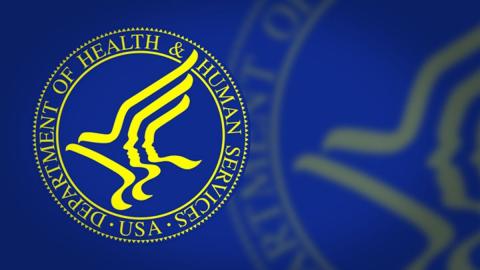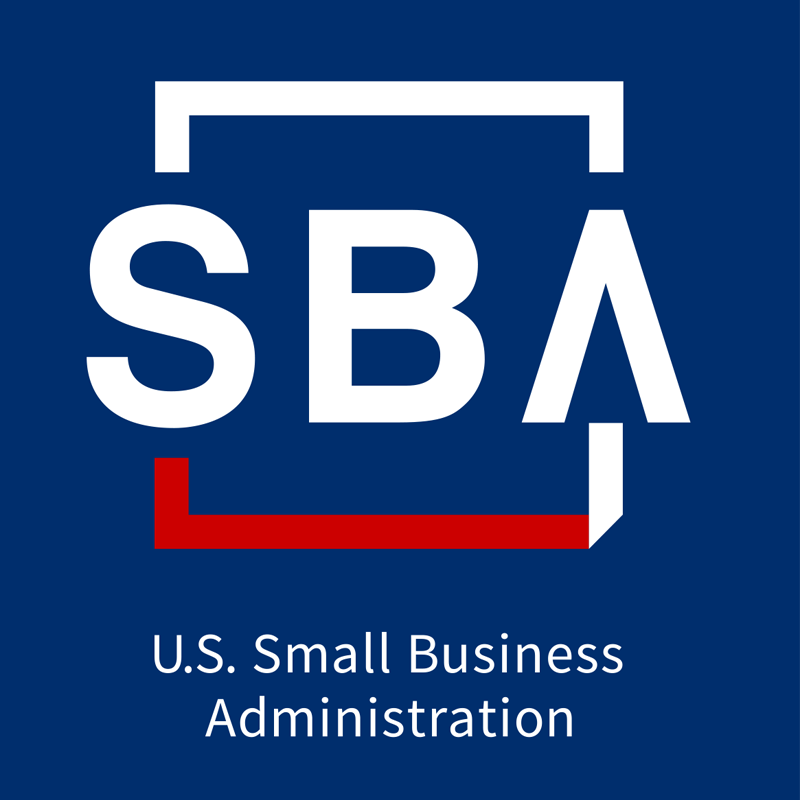This information is provided by HBMA:
(Yesterday) afternoon, Congress released the text of its 5,593-page package of legislation that includes an extension of federal funding through the remainder of the fiscal year, $900 billion in new COVID-19 relief, and “surprise” medical bill protections, among other things. Both chambers of Congress will vote on this “CorOmnibus” bill this evening, beginning with the House of Representatives. The Senate says it will stay in session as late as necessary to pass the bill after the House.
- Bill text
One-page fact sheets Section-by-section summaries
A more detailed summary is forthcoming. Here are several highlights of what is included.
COVID-19 Vaccine Funding
The bill provides $8.75 billion to the CDC to support federal, state, local, territorial and tribal public health agencies to distribute, administer, monitor, and track coronavirus vaccination to ensure broad-based distribution, access, and vaccine coverage.
Provider Relief Fund
The bill provides $3 billion in additional grants for hospital and health care providers for healthcare-related expenses or lost revenue directly attributable to the coronavirus. It also directs HHS to allocate not less than 85 percent of un-obligated funds in the Provider Relief Fund through an application-based portal to reimburse health care providers for financial losses incurred in 2020.
Medicare Physician Fee Schedule Changes
The bill provides a three-month delay to the two-percent Medicare Sequestration reduction to Medicare payments that was set to resume on January 1, 2021. Sequestration is now delayed through March 31, 2021.
The bill provides a 3.75 percent increase to the Medicare Physician Fee Schedule (PFS) payments in 2021. This is intended to help providers impacted by payment reductions due to the budget neutrality requirement associated with new evaluation and management (E/M) code values and documentation requirements. However, this adjustment applies to all providers, including those who are projected to receive an increase due to the E/M changes. This adjustment is paid for from the Medicare trust fund.
The bill prohibits Medicare from paying HCPCS code G2211 Visit Complexity Inherent to Certain Office/Outpatient Evaluation and Management (E/M) prior to January 1, 2024. This E/M add on code was expected to be frequently utilized in 2021. CMS included this code in its estimated impacts of the E/M changes. Delaying Medicare payments for this add-on code means providers could see lower-than-expected revenue from the new E/M codes. With Congress delaying Medicare coverage for this code, CMS will likely need to update its E/M spending estimates which could impact other services that are affected by budget neutrality caused by the 2021 E/M code changes.
Surprise Medical Bills
The stimulus includes a newly revised version of the No Surprises Act, which protects patients from unexpected out-of-network (OON) “surprise” medical billing scenarios and establishes a process for resolving reimbursement disputes between the patient’s health plan and the OON provider in these scenarios. Surprise medical bills typically refer to scenarios where a patient receives care from an out-of-network provider at an in-network hospital. The bill also applies to OON air ambulance services.
The new version of the No Surprises Act includes important changes that HBMA and other provider organizations advocated for after the initial version was introduced on December 11th.
The bill protects patients from high OON bills by limiting what patients have to pay out-of-pocket (OOP) in surprise scenarios to no more than their in-network cost-sharing amount. Similarly, this OOP payment would count towards their in-network deductible and annual OOP maximum. Providers would not be able to balance bill patients for anything more than their in-network cost-sharing amount.
To resolve the reimbursement dispute, the bill creates an independent dispute resolution (IDR) binding arbitration process. Patients would be removed from the IDR process. Providers and health plans would first try to negotiate a reimbursement rate with each other. If they cannot reach an agreement, either party could trigger the IDR process. Each party would be able to submit an offer to the arbiter whose decision is final and cannot be appealed.
The bill lists specific information that the arbiter can consider as well as specific information that the arbiter cannot consider. For example, the arbiter can consider the training and expertise of the provider, the market share held by each party and past network agreements between the two parties. The new version of the bill prohibits the arbiter from considering government payer (Medicare and Medicaid) rates. HBMA opposed the IDR process in the original version of the No Surprises Act because it would have allowed the arbiter to consider government rates, which are typically lower than in-network commercial rates. The bill also prohibits the arbiter from considering the provider’s billed charges.
The new version does not include a provision that would have created new timely patient billing requirements for all healthcare claims, not just OON bills. This section specified that patients would not need to pay bills received after 90 days. It also specified that providers had 30 days to submit a bill to a health plan, who then had 30 days to return an adjudicated claim to the provider. Providers then had an additional 30 days to send a bill to the patient. HBMA opposed this provision in the original version of the bill.
To avoid these scenarios, patients would need to receive and acknowledge notification of out-of-network care at least 72 hours advance notice. This notification must include a cost estimate. OON services for which a patient does not receive and acknowledge such notice would be subject to the patient protection and IDR provisions of this legislation.
Direct Payments to Taxpayers.
The bill provides a new round of payments to taxpayers. Individuals earning up to 75,000 in adjusted gross income AGI (112,500 for a married couple) will receive $600 ($1,200 for a married couple). For those above this income level, your payment amount will be reduced by $5 for each $100 your AGI exceeds the above thresholds. Individuals earning more than $87,000 (couples earning more than $174,000) will not receive any payment. There is an additional payment of $600 per eligible child.
Paycheck Protection Program (PPP)
The bill clarifies that Paycheck Protection Program, emergency EIDL grants program, and certain loan repayment assistance programs in the CARES Act are eligible for business tax deductions.
The bill creates a second PPP loan opportunity, called a “PPP second draw” loan, with
a maximum loan amount of $2 million. To receive a second PPP loan, eligible entities
must:- Employ not more than 300 employees;
- Have used or will use the full amount of their first PPP; and
- Demonstrate at least a 25 percent reduction in gross receipts in the first, second, or third quarter of 2020 relative to the same 2019 quarter.
The bill also makes the following expenses allowable and forgivable uses for PPP funds:- Payment for any software, cloud computing, and other human resources and accounting needs. Costs related to property damage due to public disturbances that occurred during 2020 that are not covered by insurance.
- Expenditures to a supplier pursuant to a contract, purchase order, or order for goods in effect prior to taking out the loan that are essential to the recipient’s operations at the time at which the expenditure was made. Supplier costs of perishable goods can be made before or during the life of the loan.
- Personal protective equipment and adaptive investments to help a loan recipient comply with federal health and safety guidelines or any equivalent State and local guidance related to COVID-19 during the period between March 1, 2020, and the end of the national emergency declaration
ECLINICALWORKS SOLUTIONS
eCW Training, Optimization, & Support
Struggling to keep up with upgrades and implement new features? We can help.
References
The content and information in this article is provided by HBMA.








